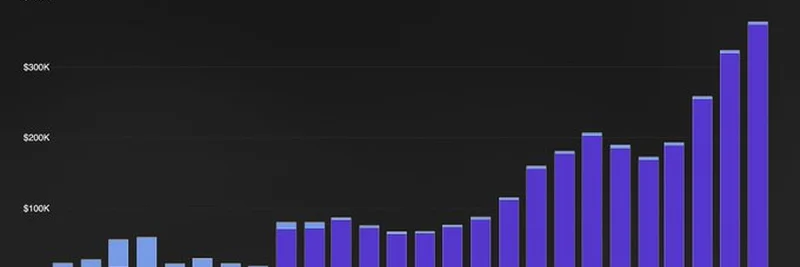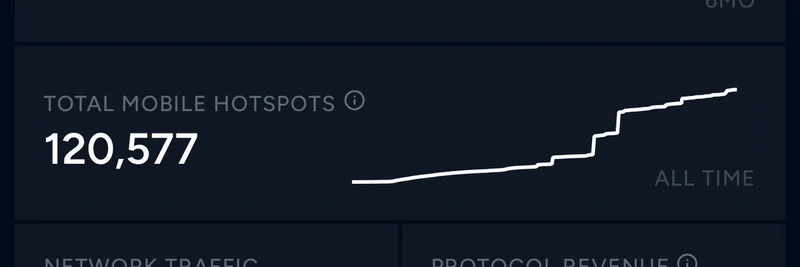Hey there, crypto enthusiasts! If you’ve been keeping an eye on the blockchain space, you’ve probably heard about the Helium Network and its innovative approach to decentralized wireless coverage. A recent tweet from Blockworks Research has sparked some excitement, and today, we’re diving into the details of their latest findings on Helium’s Data Credit (DC) utilization. Let’s break it down in a way that’s easy to digest, even if you’re new to the scene!
The Surge in Data Credit Utilization
The highlight of this tweet is a stunning chart titled "Monthly Helium Network DC Utilization by SubDAO."
For those unfamiliar, Data Credits are the currency used to pay for data transfer on the Helium Network. When users or services (like mobile carriers) send data, they “burn” HNT (Helium’s native token) to create these credits. This burning process helps regulate the network’s economy by reducing the circulating supply of HNT, which could be a big deal as we approach the upcoming halving event.
Why Mobile Carrier Offload Matters
So, what’s behind this surge? It turns out major telcos like AT&T, and possibly T-Mobile, are quietly offloading their data traffic onto the Helium Network. This means their subscribers’ devices are seamlessly switching to Helium’s coverage when in range, reducing the load on traditional cellular networks. It’s a win-win: carriers save on costs, and Helium’s network gets more action.
The chart also shows a decline in demand for Data Credits via the IoT (Internet of Things) network, which was Helium’s original focus. But don’t worry—this shift to mobile carrier offload is more than making up for it. The network is now supporting between 800K and 1.1M daily users, a testament to its growing relevance.
What This Means for HNT Tokenomics
This spike in DC utilization ties directly into the bigger picture for HNT. With the Helium halving scheduled for August 1, 2025, annual HNT emissions will drop from 15M to 7.5M tokens. A tighter supply, combined with increasing demand from carrier offload, could push the network toward a deflationary state. Blockworks Research suggests that if revenue grows by about 4x from its current $4.4M annualized rate, the burn rate could exceed emissions, making HNT net-deflationary in 2025.
This is exciting news for HNT holders! A deflationary token often sees its value rise as supply shrinks, especially if demand keeps climbing. Plus, with Nova Labs (Helium’s parent company) exploring ways to integrate its $6M annual revenue into the tokenomics, the future looks bright.
Key Takeaways for Blockchain Practitioners
If you’re a blockchain enthusiast or practitioner, here’s what to watch:
- Carrier Offload Growth: A sustained 40% quarter-over-quarter increase could solidify this trend.
- Nova Labs Integration: A governance proposal expected in August 2025 might align offchain revenue with HNT, boosting its value.
- Telco Partnerships: Confirmation of more tier-1 carrier contracts could be a game-changer.
This evolution of the Helium Network shows how decentralized tech can disrupt traditional industries like telecom. Whether you’re into meme tokens or serious blockchain projects, keeping an eye on meme-insider.com will help you stay ahead of the curve with the latest insights and trends.
What do you think about this shift in Helium’s focus? Drop your thoughts in the comments, and let’s chat about how this could impact the crypto world!



